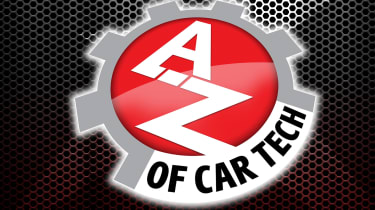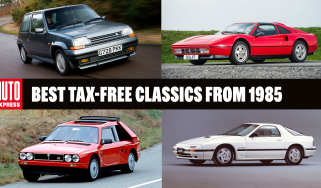Car Tech A to Z: W is for wheels
The letter W in our A to Z of car tech series examines how the modern wheel is crafted
The technology contained within the modern motor car can be both fascinating but slightly baffling nowadays. Most of such technology exists to make our cars safer, more efficient and just better than ever to drive.
But some of it can be quite confusing for the average motorist, so in this A to Z series we will attempt to unravel the mystery of technology that is the modern motor car. This week, we’re visiting the letter W…
W is for… wheel. The history of the wheel is long and winding, much like the roads on which it was eventually designed to travel.
The first ever wheel is thought to have appeared in around 5000BC in the form of a primitive stone-based potters wheel.
But the first wheel on what can loosely be classed as a vehicle wasn’t invented for another 1000 years, and it appeared almost simultaneously in Mesopotamia, Caucasus and in northern Europe, so who actually invented the wheel as we know it is hard to establish.
Today, wheels are made of metals rather than stone or wood, and the technologies that are employed to make them vary.
Most vehicle wheels are still made from steel and are simple castings, but those on high-end cars, are made from alloys of either magnesium or aluminium. An alloy is a mixture of metals and other elements.
Alloy wheels are made by either casting or forging them. Casting an alloy wheel is easier and cheaper to do than forging one because it involves merely heating the metals involved until they melt, pouring them into a mould, then waiting for them to reform again once cool.
Whereas forging an alloy wheel requires the metals to be crafted into shape once heated whilst always keeping them in a solid state. Forging an alloy wheel is much more labour intensive, as you can imagine, but usually results in a stronger, lighter, and superior end product.
Next, the letter X…



